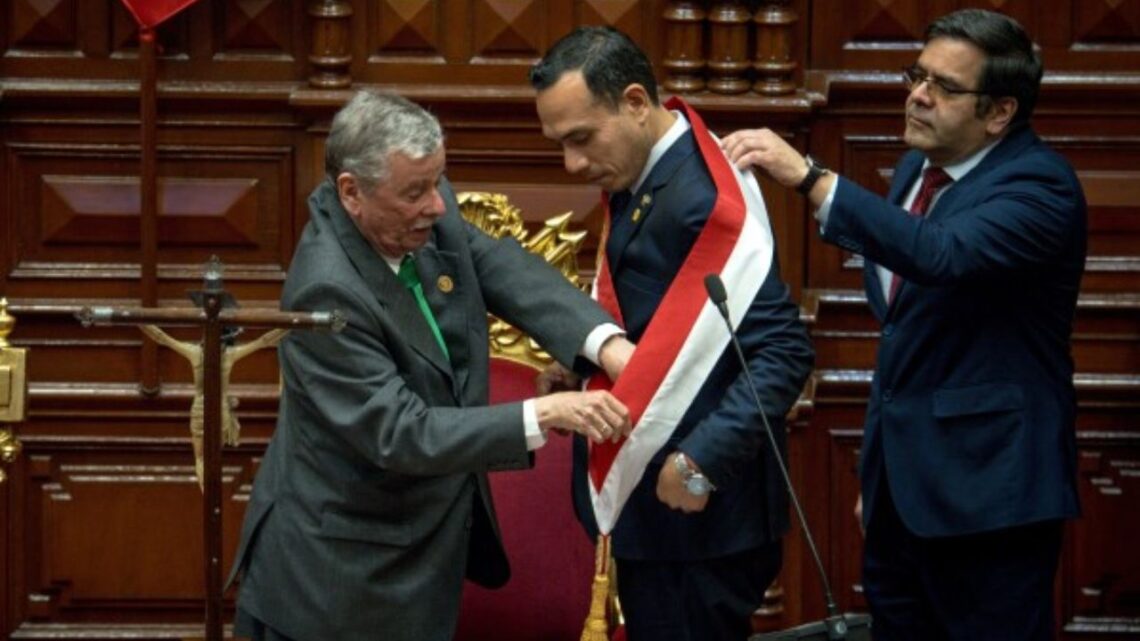Within hours of being sworn in, José Jerí, Peru’s new interim president, ordered unprecedented nationwide prison raids aimed directly at crippling criminal networks that have penetrated the country’s penitentiary system.
This early move has been framed as a cornerstone of his administration’s security agenda.
The Operation- When, Where, and How
From October 11 to 13, 2025, security forces executed synchronized searches in multiple high-security prisons.
Targeted facilities included Ancón I, Lurigancho, Miguel Castro Castro in Lima, as well as Challapalca in Tacna and El Milagro in the La Libertad region.
The operation brought together Peru’s National Penitentiary Authority (INPE) and the National Police, acting on intelligence that prison corridors had become command centers for trafficking, extortion, and even orders for contract killings.
Contraband, Command, and Control
In the raids, authorities confiscated cell phones, communication equipment, illicit drugs, and smuggled weapons—items reportedly used to orchestrate criminal operations from behind bars.
The goal: dismantle the chains of command that link gang leaders inside prisons to operatives outside.
Context- Rising Crime, Political Upheaval
Jerí’s crackdown comes at a fraught moment. A dramatic rise in homicides and extortion in recent years has shaken Peru’s public safety.
Many analysts believe that gangs embedded within prisons have fueled this surge, using illicit networks to coordinate actions externally.
His predecessor, Dina Boluarte, was impeached on October 10, 2025, amid mounting public frustration over violence and perceived governmental weakness.
Jerí, formerly president of Congress, assumed leadership with a mandate to deliver swift reforms—starting with security.
Depth of the Crisis
- In recent years, the number of intentional killings nearly tripled, signaling a trend of deepening violence that authorities have linked to criminal syndicates operating across multiple regions.
- Extortion, once largely localized, has grown into a pervasive national problem, with many victims reporting coercive demands tied back to gangs operating inside penitentiary walls.
- To date in 2025, prison authorities had already executed nearly 2,000 internal operations, including scores of “mega-raids”, underscoring how entrenched contraband and illicit command structures have become.
Key Facts at a Glance
| Item | Detail |
|---|---|
| Dates of raids | October 11–13, 2025 |
| Facilities targeted | Ancón I, Lurigancho, Miguel Castro Castro, Challapalca, El Milagro |
| Forces involved | INPE + National Police |
| Seized items | Cell phones, communication gear, drugs, improvised weapons |
| Strategic aim | Disrupt extortion and homicide networks |
| Political moment | Jerí sworn in after Boluarte’s impeachment |
| Crime trends | Sharp rise in homicides; extortion established as national issue |
What the Government Plans Next
The administration has pledged to continue targeted surprise raids, increase signal jamming, and tighten visitor and staff screenings in high-risk prisons.
It also plans to pursue stronger prosecution mechanisms for inmates caught running criminal operations.
Yet experts caution that these raids, while dramatic, must be followed by systemic reform.
Persisting issues—such as overcrowding, understaffing, corruption, and judicial delays—could enable incarcerated leaders to re-establish control unless structural change accompanies enforcement.
Challenges Ahead
- Reinstitution of control by gangs: Once the raids conclude, the vacuum might be filled by new power centers unless oversight is constant.
- Judicial follow-through: Seizures are useful, but if court and prison systems fail to convict or penalize key figures, deterrence is weakened.
- Institutional constraints: Limited resources, corruption vulnerabilities, and capacity gaps within INPE and police forces may undermine sustained pressure.
By launching coordinated prison sweeps mere days after assuming power, President José Jerí has made security a central and symbolic priority.
The operation’s sweeping reach, immediate seizures, and high visibility reflect a strategy focused on undercutting the prison-to-street command chains fueling Peru’s crime surge.
The real test, however, will be in the durability of impact—whether repeated pressure, institutional reform, and prosecutorial follow-through can actually reverse trends in homicide, extortion, and gang dominance across the country.









